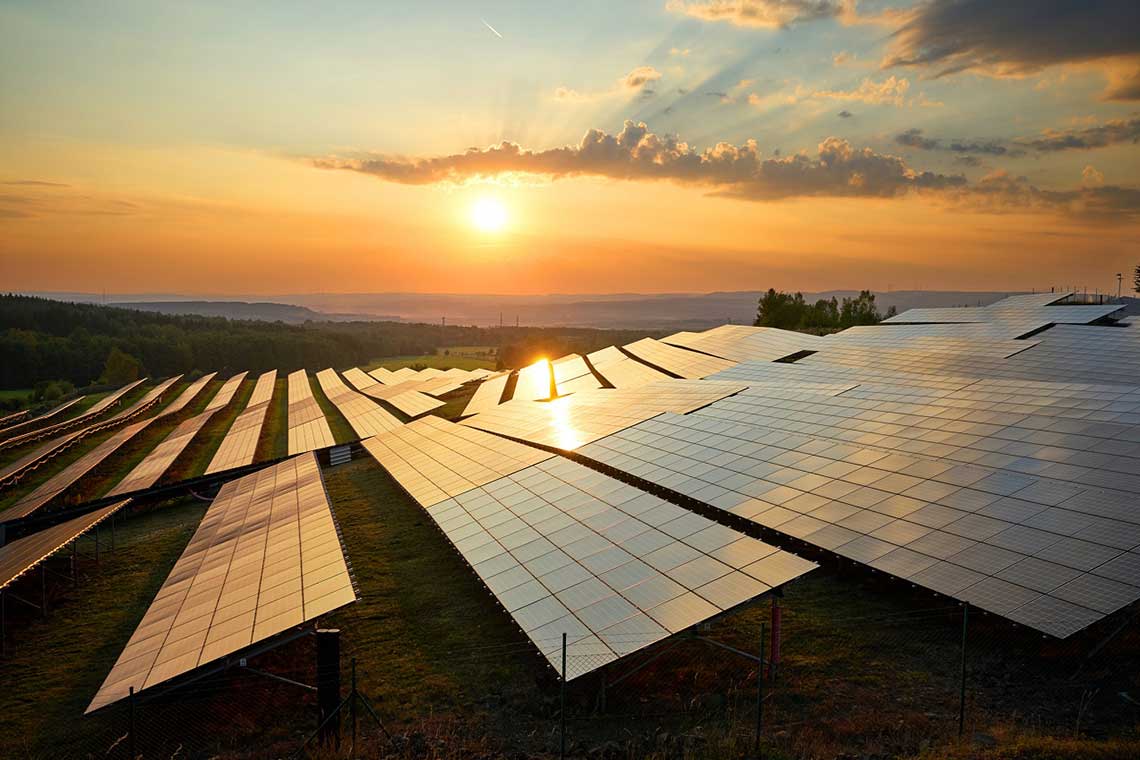
Surging solar generation this summer could send legacy, inflexible generators off the grid as National Grid expects yet another period of supply and demand travails.
Yesterday the transmission system operator (TSO) released its Summer Outlook, an annual document which includes its forecasts of supply and demand and, crucially, how it expects to balance the grid.
The UK’s ~13GW of operational solar is again expected to set new records for its percentage share of generation throughout the summer months, which will in turn have a more significant impact on transmission system demand with the bulk of solar generators sitting on distribution networks.
In March 2017, unseasonably bright conditions saw the UK’s solar fleet send daytime demand dip below that of the previous night for the first time in the grid’s history.
Should that or similar re-occur in summer 2018, National Grid has once again insisted it has the tools available to balance and maintain the transmission system.
As well as mechanisms like demand turn-up, which incentivises businesses to increase their energy demand at times when supply is on the rise, this summer will be the first that National Grid can call upon 200MW of battery storage capacity procured via the Enhanced Frequency Response service tender in 2016.
However National Grid has also warned that inflexible generators – including nuclear, CHP and some wind and hydro facilities – could be instructed to turn off to make way for solar PV surges.
National Grid also expects some coal plants to be temporarily mothballed this summer as low wholesale prices, pushed downwards by increased solar and wind generation on the system, renders them uneconomical. This will however contribute towards a reduced level of total available generation which the TSO expects to occur from June through August.
Perhaps more interestingly moving forward, National Grid also hinted that the issue could become more prevalent in summers to come if the TSO’s solar assumptions ring true. Its Summer Outlook also includes the detail that its underlying assumptions point to the UK maintaining some 14.7GW of solar by the end of March 2019.
That would seem ambitious given the current given capacity of circa 13GW and deployment trends, but National Grid evidently envisages a more prominent role for solar in the UK’s generation mix in years to come.
